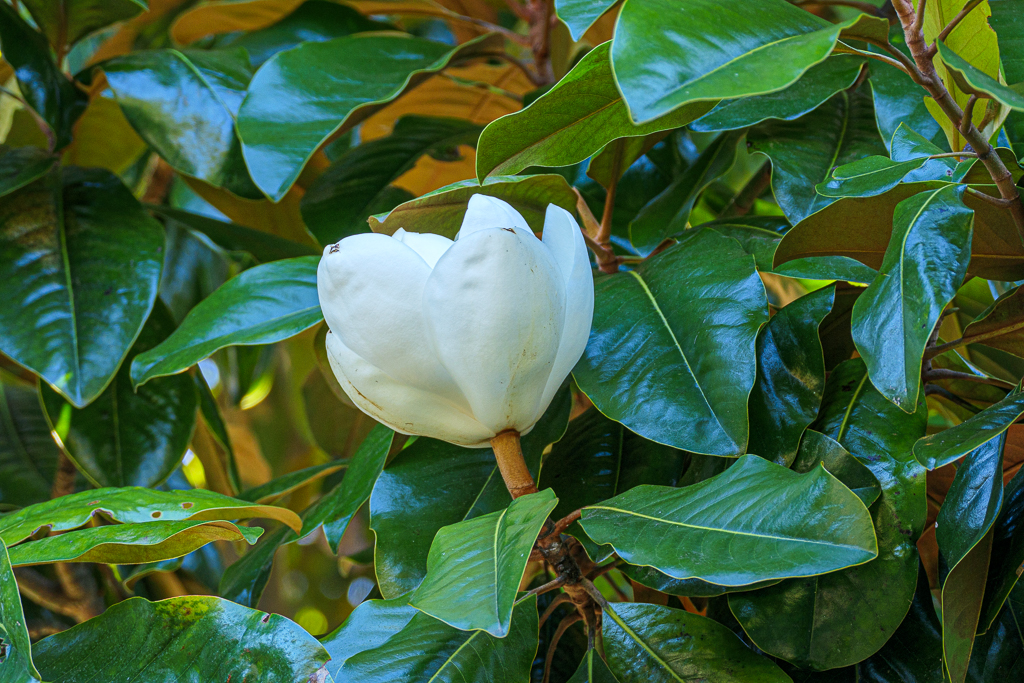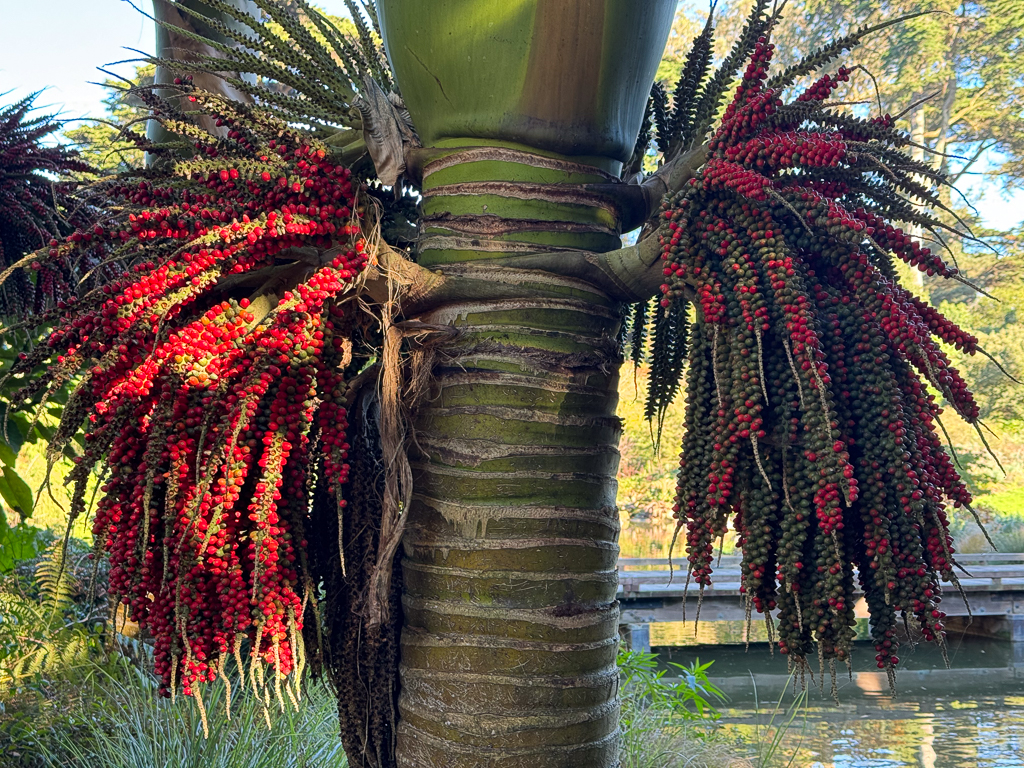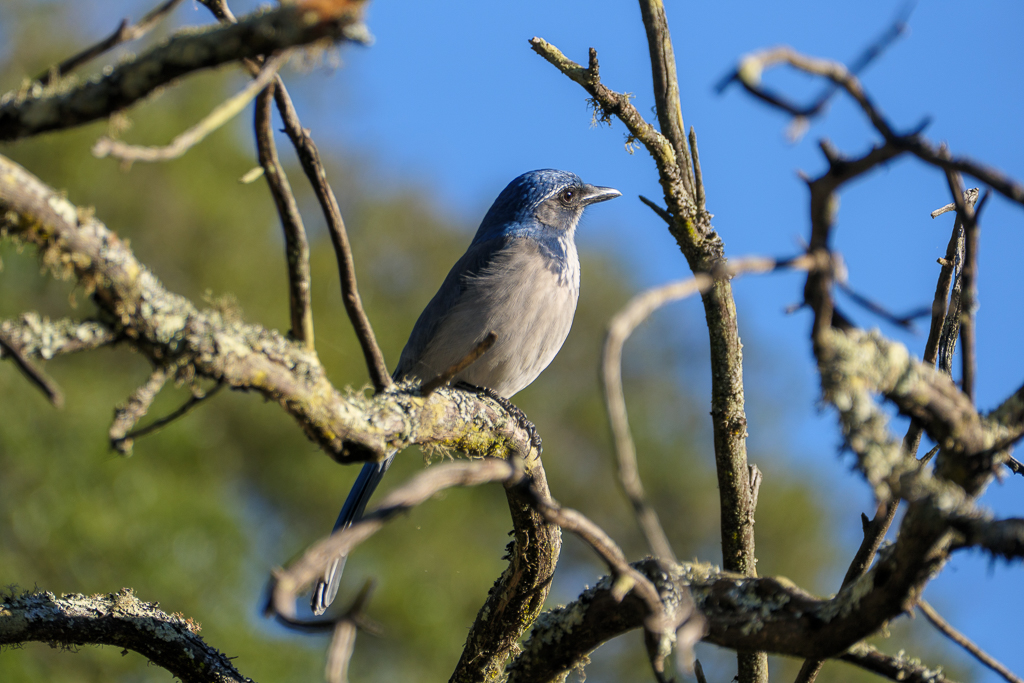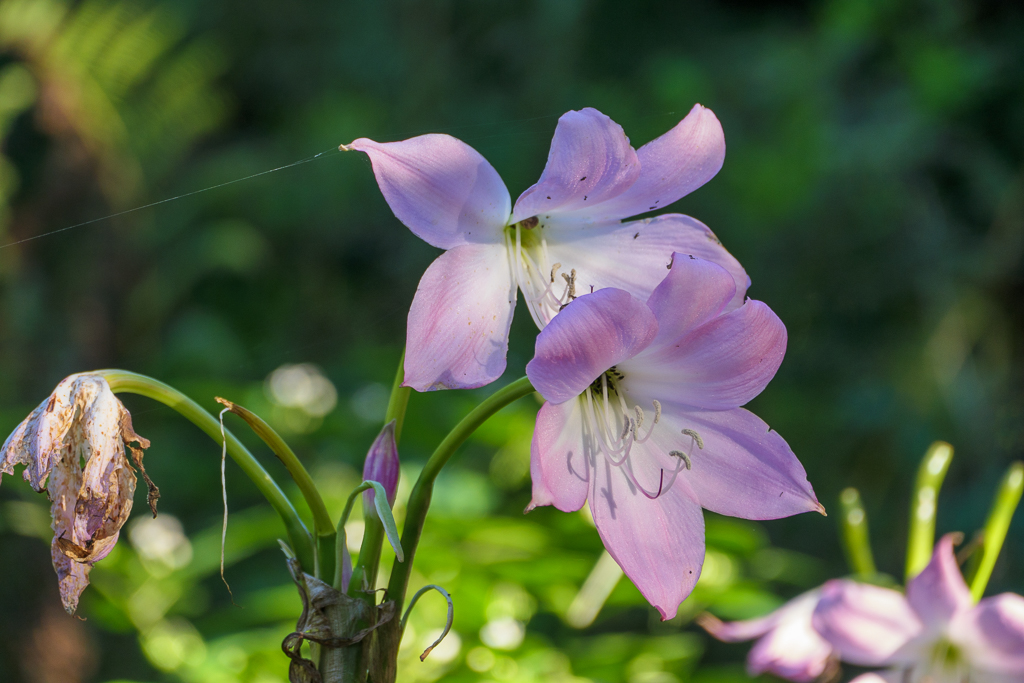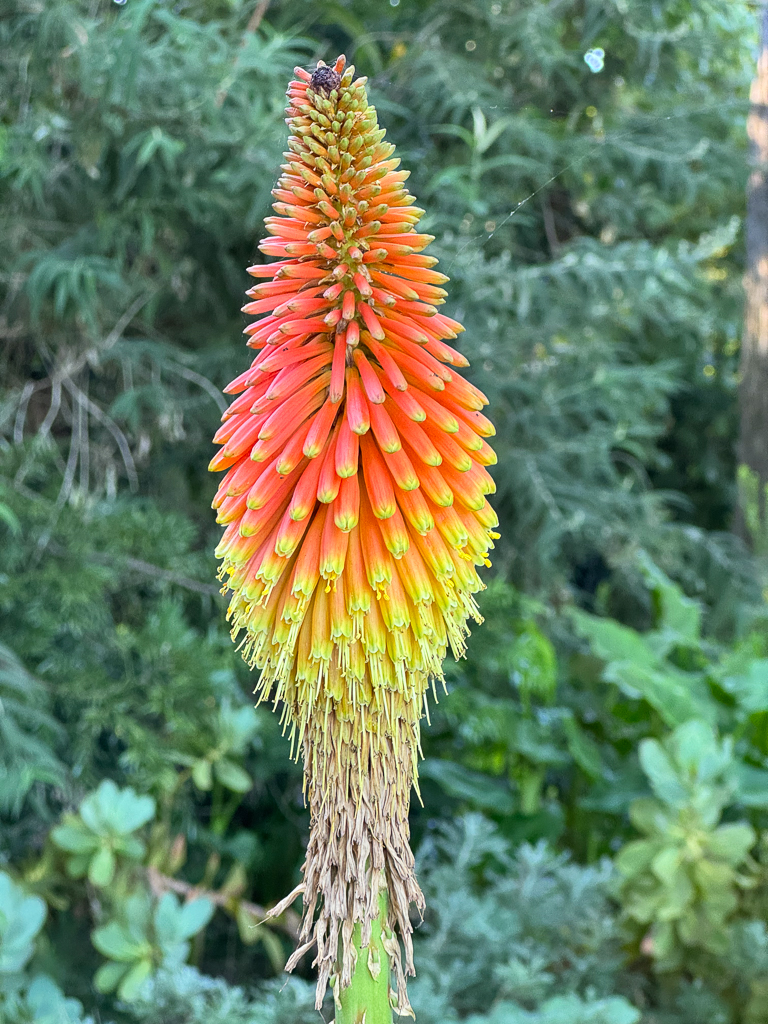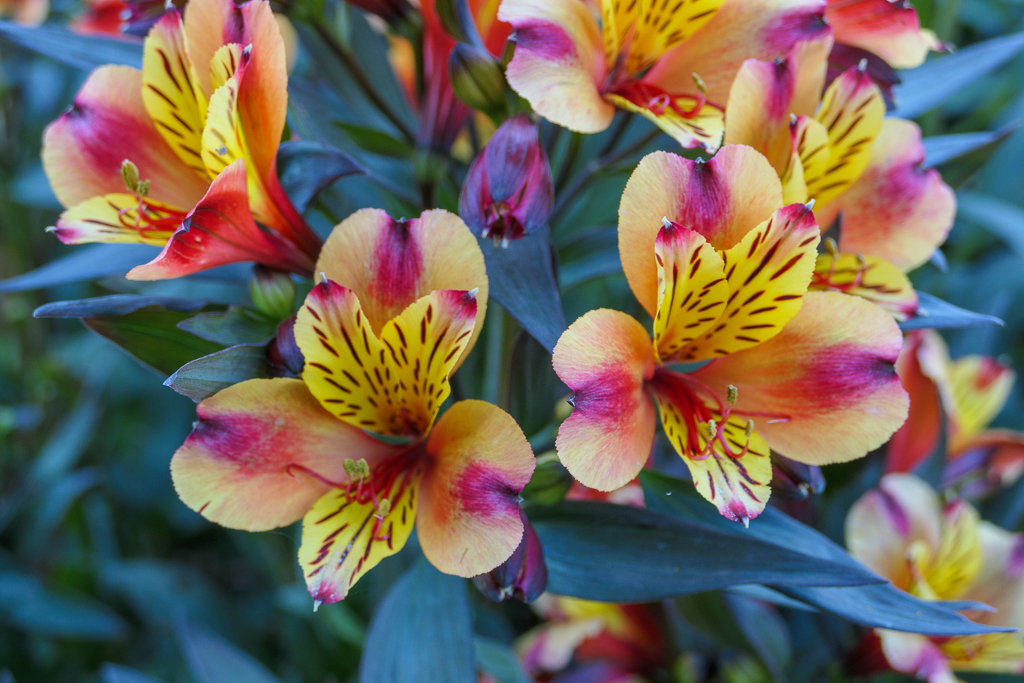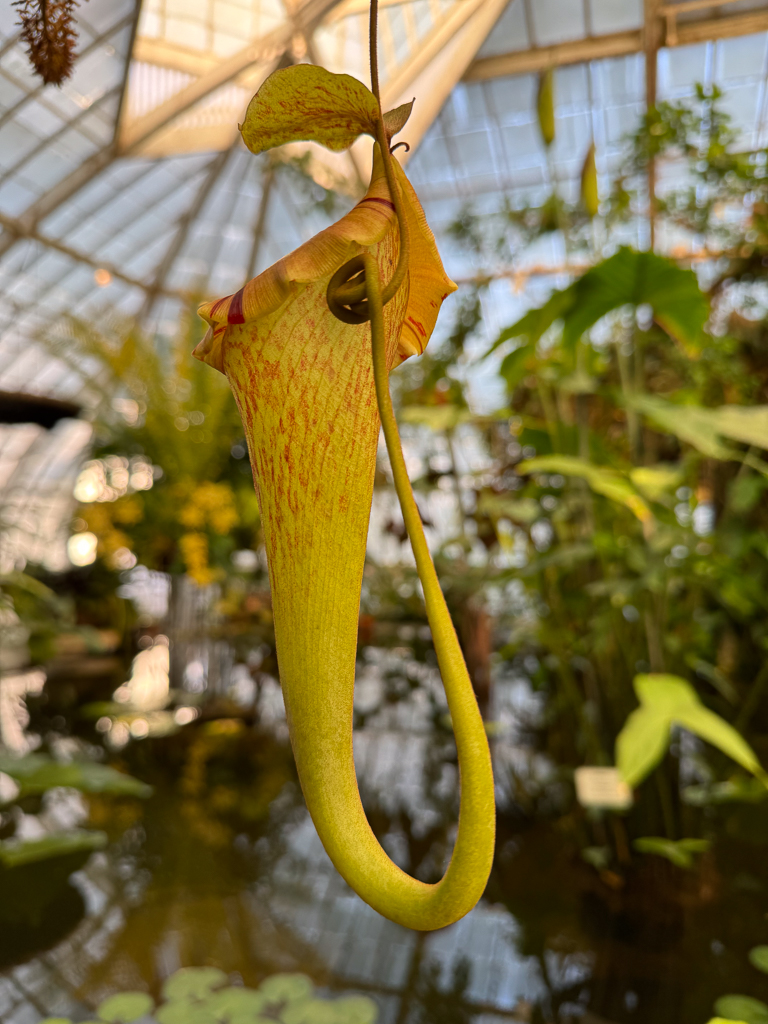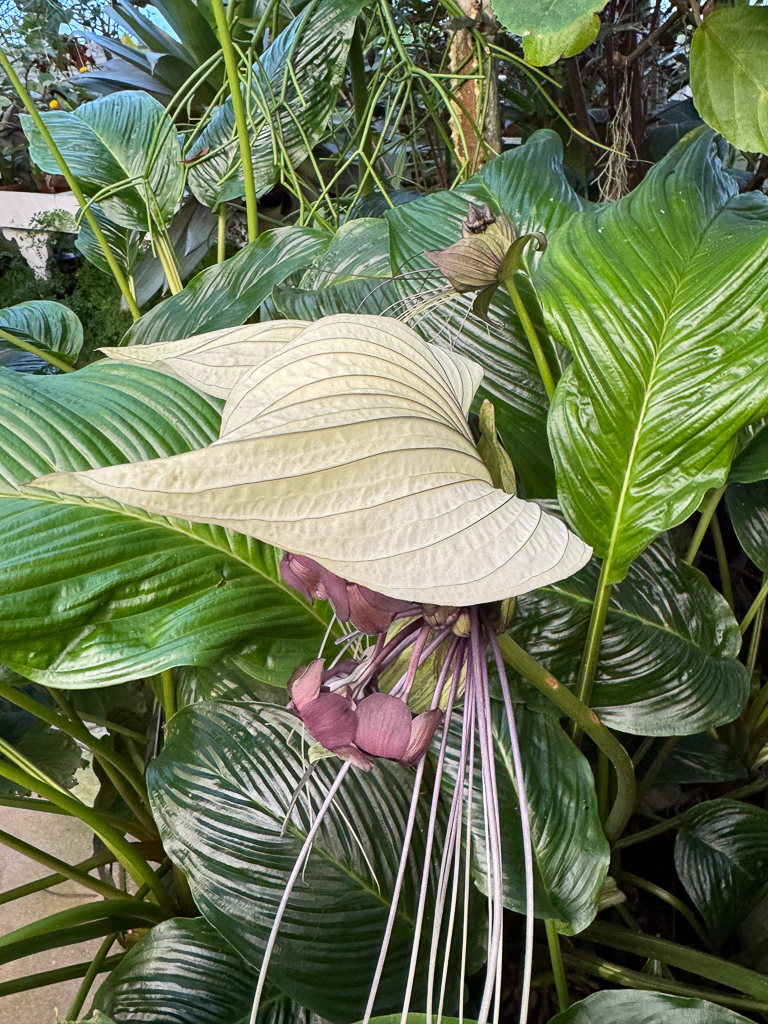We drove home today, leaving Palm Desert at 9am and getting home at 7:15pm. We made three charging stops along the way and got home with 25% left in the tank. I used A Better Route Planner to figure out where to plan to charge – I’m not sure if I’m happy with the results or not.
The first stop that the app suggested was 126 miles from the hotel; the app said I’d get there with about 30% left, but I arrived at 49% (there was a lot of uphill driving on this segment).
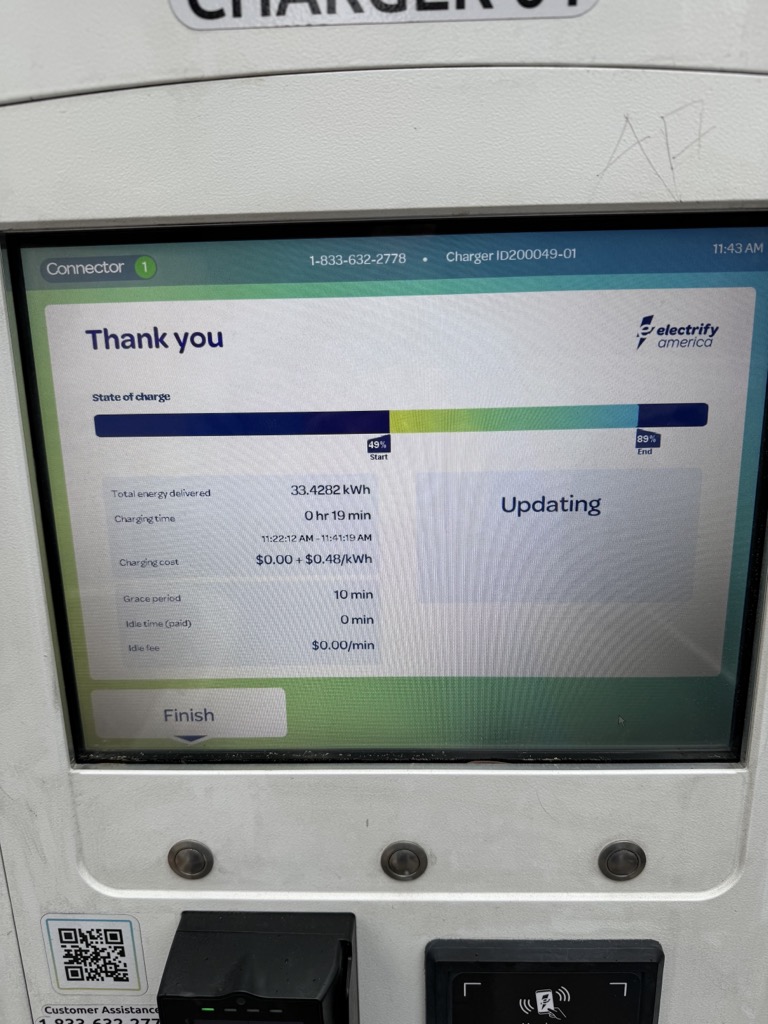
The second stop was 110 miles away, on the other side of the Grapevine; again, the app thought I’d arrive with a lot less charge than I did. The third stop was at Harris Ranch, 90 miles away, and the app was still wrong – but it was nearly perfect for the 140 mile run home.
I didn’t suffer any range anxiety, so I guess I’m learning how to work with the car, but I clearly have some learning to do. As does the app.
